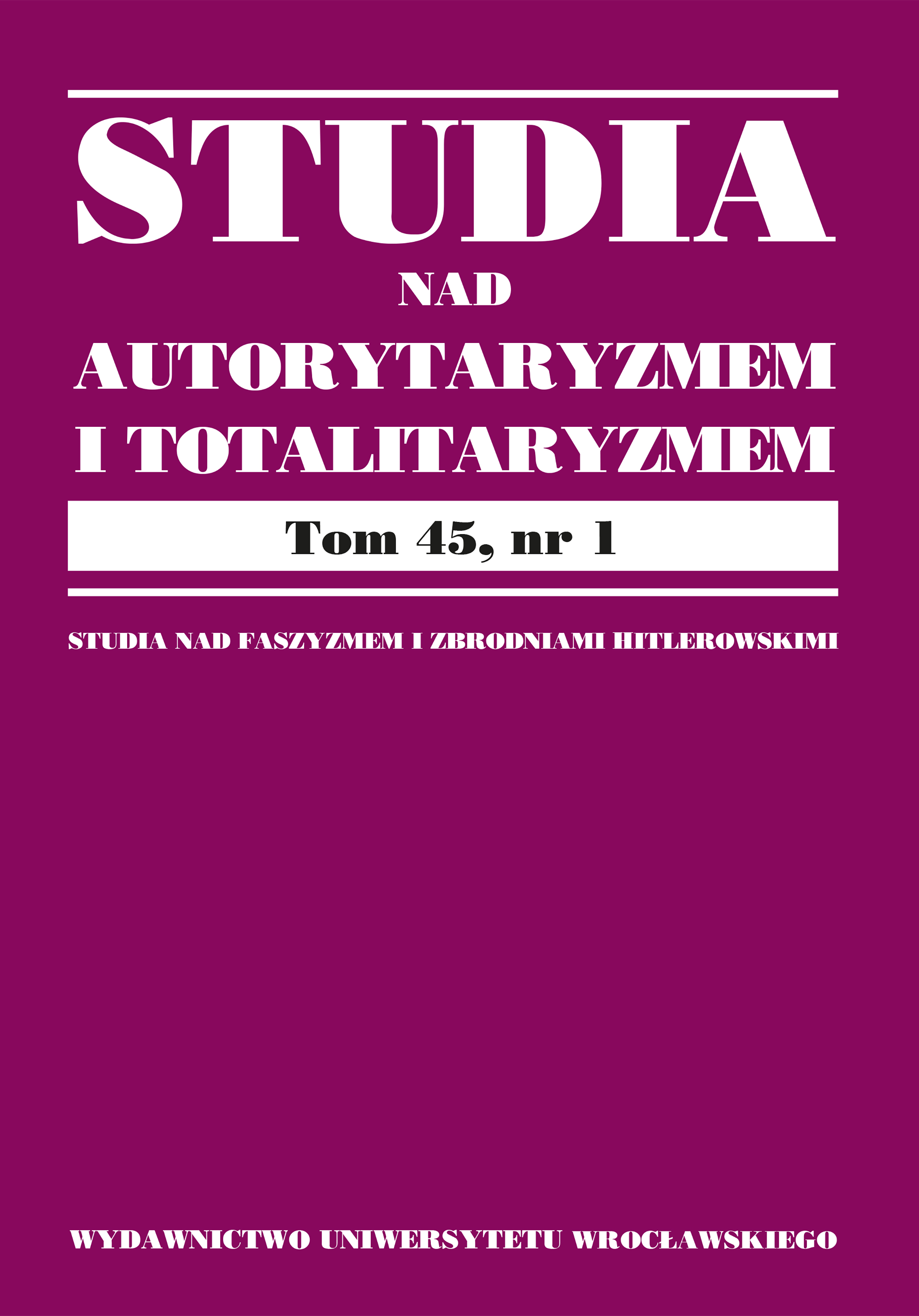

Artykuły

After 1945, Poland found itself in the Soviet sphere of influence, which resulted in the implementation of a totalitarian state system. This process had certain economic ramifications. Among them was a gradual shift from a capitalist system to a command and distribution economy. This process was closely linked to the nationalization of private enterprise. However, private property was not completely eliminated. Despite the fact that it was subject to restrictions, it perservered. One of the areas in which its functioning was possible was craft. The article aims to address the reasons for which the private sector was not entirely liquidated, even though its presence went against the socialist principles and core values of the state. How did it manage to survive and function in the conditions of a totalitarian country? The research covers the years 1945–1956, that is the period of molding, strengthening and peak of the totalitarian phase of state. The year 1956 was something of a breakthrough. The Stalinist era was ending, and thus the specter of a complete nationalization of the economy.
The research shows that the authorities had initially tried to recruit craftsmen, and therefore did not emphasize the demands of the nationalization of the workshops. Craft benefited from the short period of post-war prosperity until the year 1947. After that it contracted, which was related to the tightening of the government’s policy towards private property. This was a consequence of the increasing pressure of the USSR to unify economic systems in the socialist countries. However, it should be emphasized that authorities in the economic sphere prioritized the accelerated industrialization of the country and the development of heavy industry. Therefore, craft was tolerated, especially services deemed pertinent to fulfilling the needs of the society. This situation lasted until the year 1956. The importance of craft was emphasized by the representatives of the Democratic Party, but their actual influence on the economic policy of the state was limited.
In summary, it can be stated that the survival of craft was determined by the pragmatism of the authorities, who were willing to tolerate a weak private sector (controlled and under surveillance) while it provided scarce goods and thus reduced social tensions. In addition to that, the government’s priority was the development of heavy industry, which was at the center of the state’s attention. Nevertheless, it cannot be ruled out that if it had not been for the changes that took place after the year 1956, the private sector would have been finally liquidated.